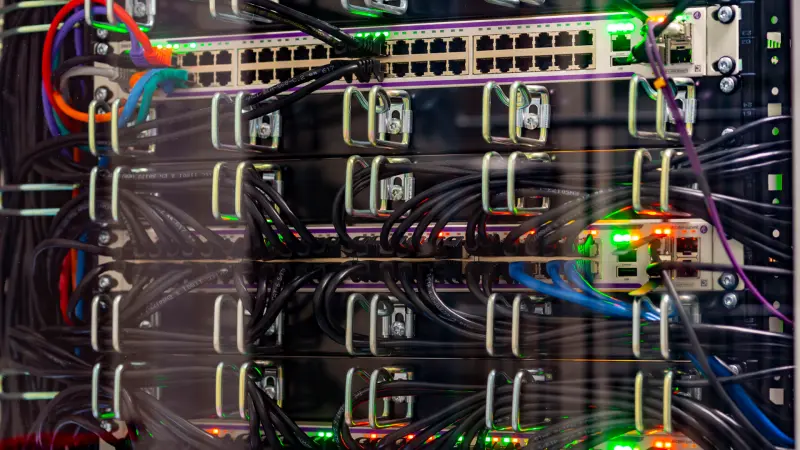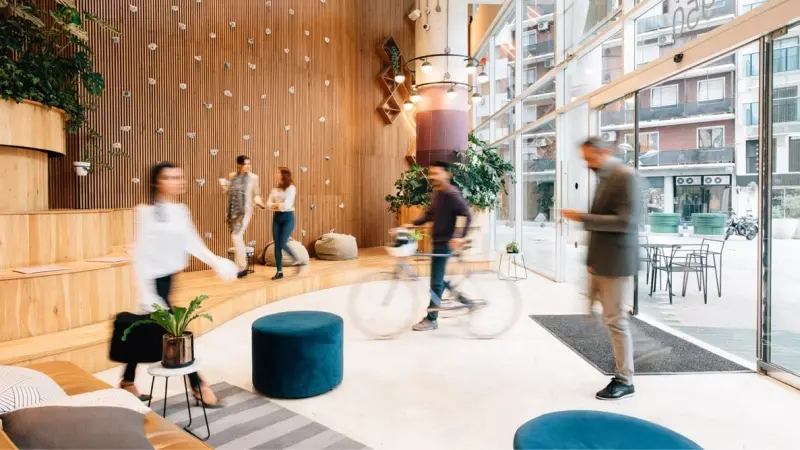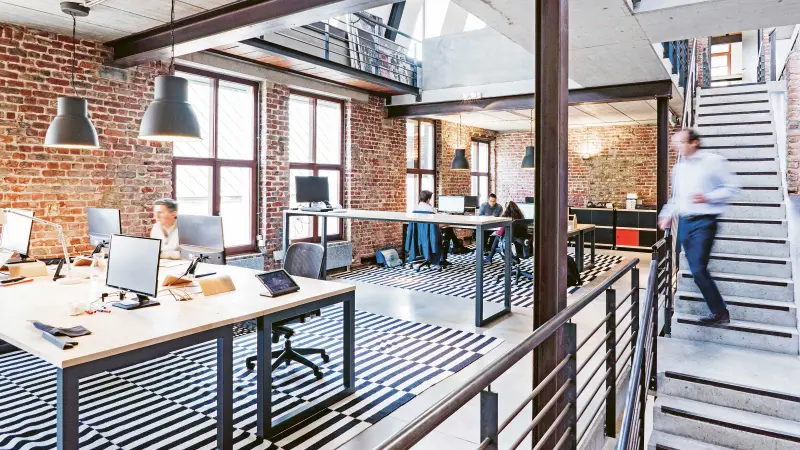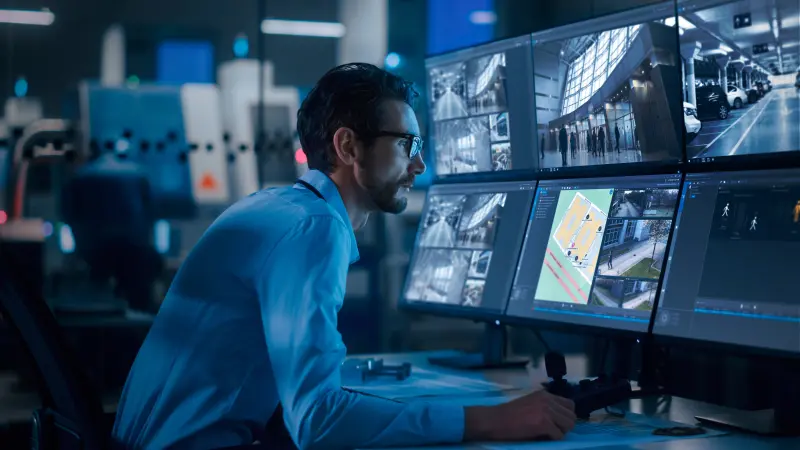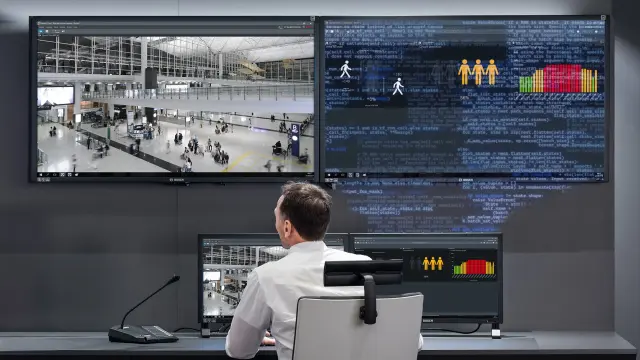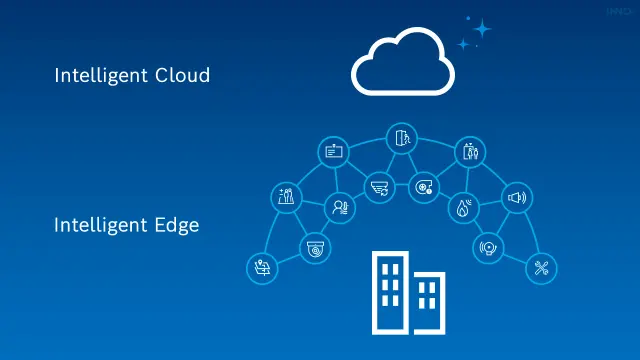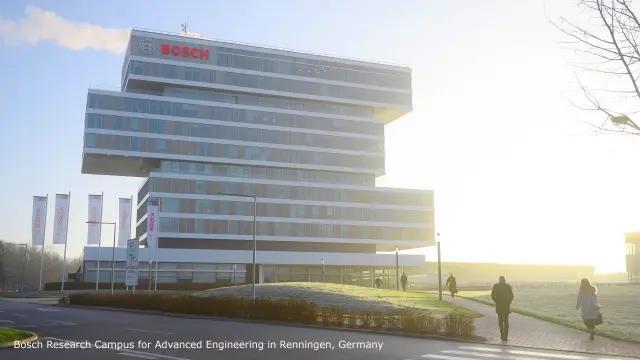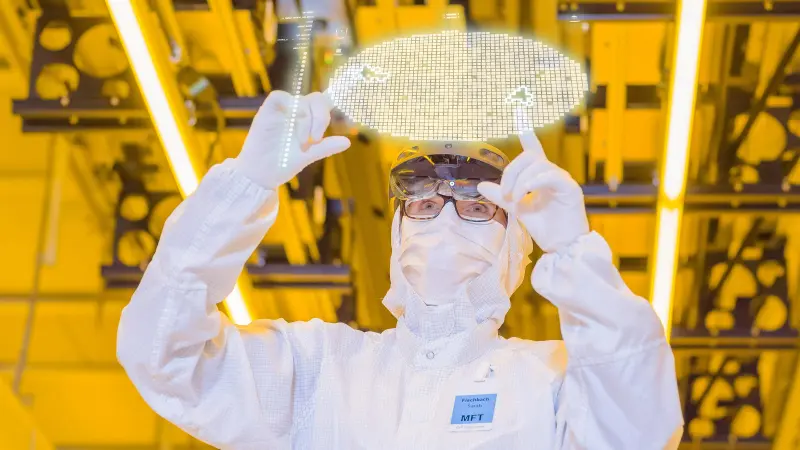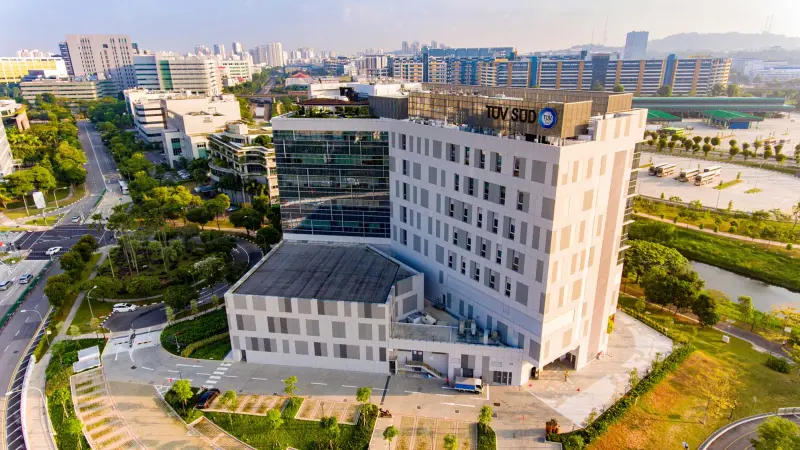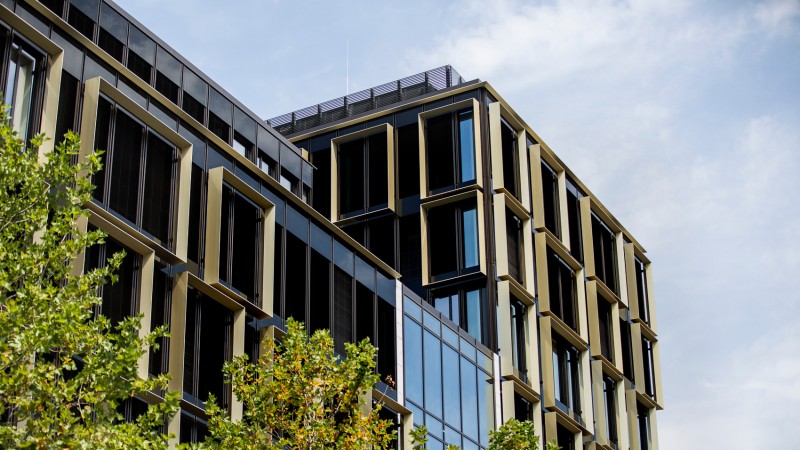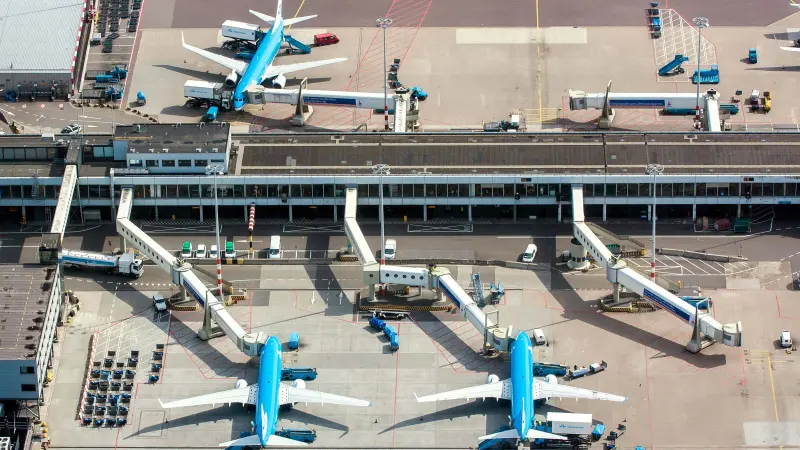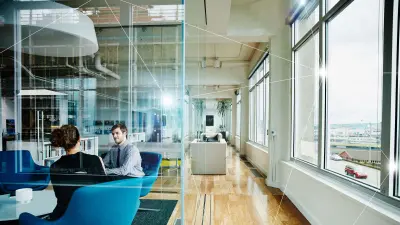Smart Buildings benefit people and the environment
Connected solutions and new digital services can transform commercial buildings into smart, efficient, sustainable, safe, and comfortable environments that flexibly adapt and respond to people’s needs. But what does it take to give a building smarts? And how does it benefit owners, operators, and users?
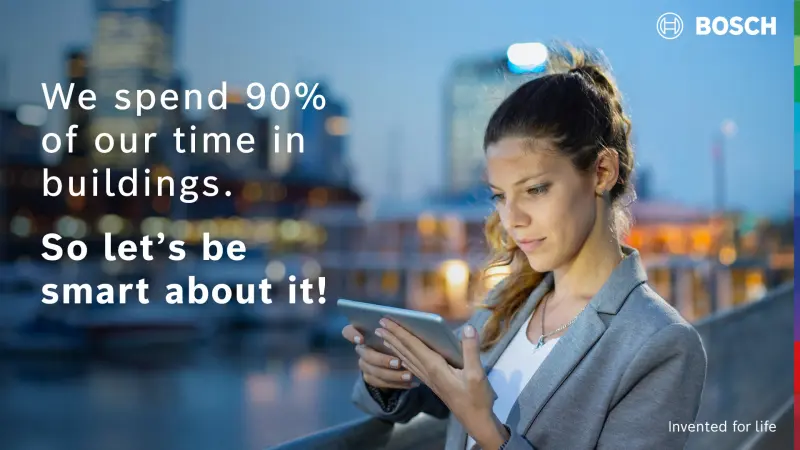
What is a Smart Building?
Smart Buildings help save energy by networking intelligent building technologies, increasing the comfort and convenience of users, and ensuring consistently reliable operation. While individual building technologies have so far been the focus, Smart Buildings are going a crucial step further: by taking advantage of digitalization and the Internet of Things (IoT) to holistically manage aspects like sustainability, safety and security, and comfort. Individual functions and systems share data with one another to add as much value as possible for a building’s users and operator and the environment. Smart Buildings intelligently leverage technologies and data to ensure optimal working and living spaces. In smart offices and shopping centers, at airports or in hospitals. The future belongs to intelligent buildings!
What are the advantages of Smart Buildings?
The digitalization of buildings is already in full swing across industries and sectors. The owners, operators, and users of stores, office complexes, clinics, industrial facilities and so on can all benefit by entering into a partnership with Bosch for designing and implementing smart building solutions.
Transparent
Easily monitor all of your building’s systems at a glance. Our services will help you predict how they will develop over time.
Efficient
Our services simplify processes to ensure more efficient maintenance and more economical operation of your building. A modular approach ensures flexibility for adapting to future developments.
Sustainable
Significantly reduce energy consumption in your building – thus conserving resources, meeting climate protection targets, and benefiting the environment.
Cost-effective
Ongoing operation of a building accounts for 80% of total costs over its lifetime, far more than its construction. The good news is that you can benefit from lower operating costs by optimizing how your building runs.
Safe
As they say, an ounce of prevention is worth a pound of cure. And improved monitoring lets you offer your building’s users a safe environment for living or working.
Comfortable
Create a forward-looking environment and attractive property: with a building that leverages advanced technology to almost invisibly meet its users’ needs.
Smart Buildings score points in every respect
Smart Buildings are authentic black belts in terms of sustainability and efficiency, impressing operators and users while also benefiting the environment.
Safe, sustainable Smart Buildings that support people with digital features have a clear edge in the marketplace. The extent to which a building adapts to its users’ needs influences where the generation of so-called digital natives prefers to spend time. Buildings that extensively integrate technology support New Work approaches, while IoT services facilitate everyday operations and activities on diverse levels.
Buildings continue to rank among the largest energy consumers. They account for nearly 40% of global carbon emissions, so addressing them is essential for achieving climate neutrality by the year 2050. Intelligent buildings monitor their own energy needs, and automatically control, analyze, and optimize themselves. They boost sustainability day in, day out throughout the year while constantly adjusting indoor temperatures, lighting, and ventilation in response to changing conditions and requirements. Users feel their best, and the environment benefits from a high level of energy efficiency.
The many useful capabilities that an intelligent building offers its users include the ability to quickly spot and deal with problems, detect when and where repairs or maintenance are needed and plan these activities accordingly, and ensure optimal use of rooms and space. An ongoing dialog between a building and those who use it finetunes its management processes, facilitates maintenance and repairs while reducing their frequency, and even permits remote maintenance. The building itself becomes the best possible partner for facility and energy managers, supports everyone involved, simplifies and digitalizes processes, and helps to efficiently monitor and therefore lower operating costs.
Smart Building basics
For newbies and everyone who wants to know more about digital buildings: Expand your knowledge about Smart Buildings! New technologies always provoke a flurry of questions. In the following, we provide answers to the most important ones.
FAQs
The term “Smart Home” refers exclusively to digitalized housing units and systems installed in them. In residential buildings, intelligent automation can be used to control basic functions such as lighting, sun protection, and heating, and can also include components such as multimedia, household appliances, comfort and convenience functions, and security systems.
“Smart Buildings”, by contrast, are nonresidential buildings such as office complexes, airports, shopping malls, hospitals, schools, and factories. They use intelligent automated systems to meet key requirements such as fire protection, security, and energy conservation. These components are networked in order to optimize building operation while reducing costs and emissions.
The megatrend of digitalization is also impacting how buildings are managed and driving the evolution of Smart Buildings. Germany’s zukunftsInstitut (“Future Institute”) has predicted that by the year 2040, nearly all buildings will be automated and equipped with innovative control systems. In view of current technological and environmental trends, these new possibilities are on course to revolutionize how buildings are managed and run. This makes Smart Buildings very attractive to those who own or manage real estate, while also meeting users’ wishes for resource-conserving, comfortable indoor environments.
While Smart Buildings deliver many benefits, they also pose challenges that need to be mastered. From a technical standpoint, it’s frequently necessary to interconnect a variety of systems to so that they can exchange data. There’s also a need for experienced specialists with the ability to plan and manage the various levels of digital building systems and interpret the data they generate. The investment costs for these new technologies also have to be taken into account, as well as the fact that users’ needs and affinity for technology can vary greatly.
It’s naturally simpler to design new buildings to support smart technologies from the outset. This way it’s easier to digitalize: there are no tenants or preexisting plumbing and cable conduits to deal with. The path for converting an existing building starts with comprehensively networking existing devices, systems, and users and analyzing the data they generate. Once a centrally controlled intelligent platform has been implemented, a huge step has already been taken toward creating an autonomous building. And there are many good reasons to do so, since installing intelligent heating, lighting, or fire alarm systems not only significantly modernizes a building but also prolongs its technical service life.



